Filter by
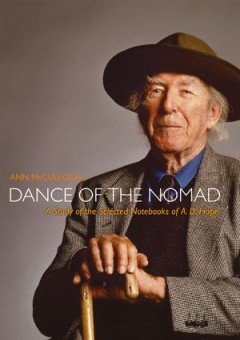
Dance of the Nomad : A Study of the Selected Notebooks of A.D.Hope
The notebooks of A. D. Hope are a portrait of the contradictory essence of the poet’s intellect and character. Shot through with threads of self-awareness and revelation, Hope imbued his notebooks with irony and humour, forming them as a celebration of the joy and terror of human existence. Stripped of intimate revelation, the entries give witness to Hope’s view that art is a superior force…
- Edition
- -
- ISBN/ISSN
- 9781921666919
- Collation
- -
- Series Title
- -
- Call Number
- 800 MCC d
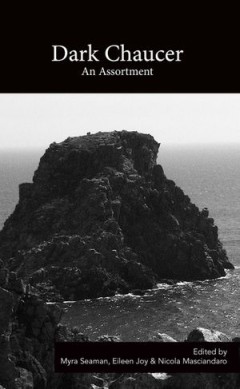
Dark Chaucer : An Assortment
Although widely beloved for its playfulness and comic sensibility, Chaucer’s poetry is also subtly shot through with dark moments that open into obscure and irresolvably haunting vistas, passages into which one might fall head-first and never reach the abyssal bottom, scenes and events where everything could possibly go horribly wrong or where everything that matters seems, if even momentaril…
- Edition
- -
- ISBN/ISSN
- 9780615701073
- Collation
- 224 halaman
- Series Title
- -
- Call Number
- 800 DAR
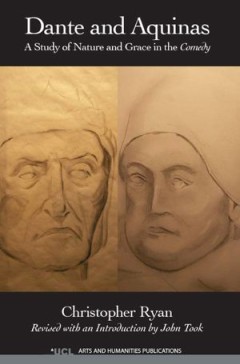
Dante and Aquinas : A Study of Nature and Grace in the Comedy
Christopher Ryan's study of Dante and Aquinas, touching on issues of nature and grace, of explicit and implicit faith, and of desire and destiny, is intended to mark the difference between them in key areas of theological sensibility. Re-shaped and revised by John Took on the basis of papers made available to him from Christopher Ryan's estate, it seeks to deepen our understanding of one of the…
- Edition
- -
- ISBN/ISSN
- 9781909188037
- Collation
- 170 halaman
- Series Title
- -
- Call Number
- 800 RYA d
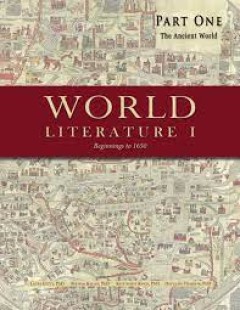
World Literature I : Beginnings to 1650, Part One, The Ancient World
This peer-reviewed World Literature I anthology includes introductory text and images before each series of readings. Sections of the text are divided by time period in three parts: the Ancient World, Middle Ages and Renaissance, and then divided into chapters by location.
- Edition
- -
- ISBN/ISSN
- 9781940771328
- Collation
- -
- Series Title
- -
- Call Number
- 800 GET w
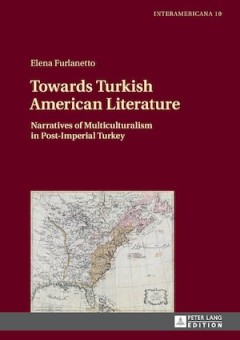
Towards Turkish American Literature : Narratives of Multiculturalism in Post-…
The author expands the definition of Turkish American literature beyond fiction written by Americans of Turkish descent to incorporate texts that literally ‘commute’ between two national spheres. This segment of Turkish American literature transcends established paradigms of immigrant life-writing, as it includes works by Turkish authors who do not qualify as American permanent residents an…
- Edition
- -
- ISBN/ISSN
- 9783653072297
- Collation
- -
- Series Title
- -
- Call Number
- 800 FUR t
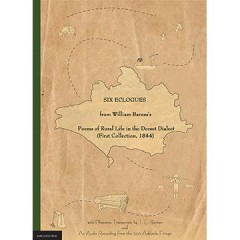
Six Eclogues from William Barnes's Poems of Rural Life in the Dorset Dialect …
When William Barnes began publishing poems in the Dorset County Chronicle in the 1830s in the dialect of his native Blackmore Vale, the first poems that appeared were in the form of eclogues — dialogues between country people on country matters. Although an immediate success, the eclogues were in time overshadowed by the many lyric poems that Barnes published in the dialect. They are now perh…
- Edition
- -
- ISBN/ISSN
- 9780987073082
- Collation
- -
- Series Title
- -
- Call Number
- 800 BUR s

Wounded Heroes : Vulnerability as a Virtue in Ancient Greek Literature and Ph…
Vulnerability is not often associated with virtue. Yet to be vulnerable is central to human experience. In this book, McCoy examines ways in which Greek epic, tragedy, and philosophy have important insights to offer about the nature of human vulnerability and how human beings might better come to terms with their own vulnerability. While studies of Greek heroism and virtue often focus on streng…
- Edition
- -
- ISBN/ISSN
- 9780199672783
- Collation
- -
- Series Title
- -
- Call Number
- 800 MCC w

Agency : The Entrepreneurial Self in Narratives of Transformation : Debuting …
Which forms of agency does literature offer to the reader in the twenty-first century? This study investigates migrant lives in contemporary fiction published by young British Asian writers. Examining the protagonists’ ideas of ›success‹ in becoming a full member of their society, Jessica Fischer carves out the naturalised model of homo economicus in these texts and in contemporary fictio…
- Edition
- -
- ISBN/ISSN
- 9783826070365
- Collation
- -
- Series Title
- -
- Call Number
- 800 FIS a
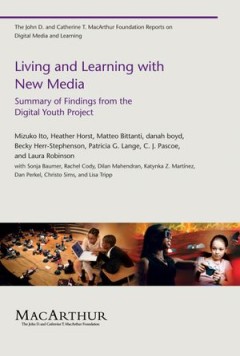
Adelaide : A Literary City
From the tentative beginnings of European settlement to today’s flourishing writing scene, Adelaide has always been a literary city. Novelists, poets and playwrights have lived here; readers have pored over books, sharing them and discussing them; literary celebrities have visited and sometimes stayed; writers have encouraged each other and fought with each other. Adelaide is literary, too, i…
- Edition
- -
- ISBN/ISSN
- 9781922064646
- Collation
- 280 halaman
- Series Title
- -
- Call Number
- 800 ADE
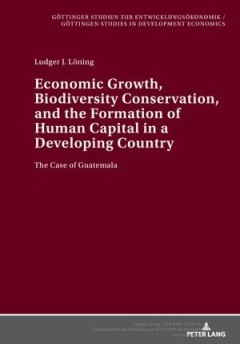
Economic Growth, Biodiversity Conservation, and the Formation of Human Capita…
Can education play a role in fostering economic growth and simultaneously decrease pressure on forests? The aim of this study is to show that it can. Human capital formation is a key element in a development strategy that includes natural resource conservation within the framework of sustained economic growth and poverty alleviation. Consequently, it is not by chance that Guatemala is experienc…
- Edition
- -
- ISBN/ISSN
- 9783631526071
- Collation
- 266 halaman
- Series Title
- -
- Call Number
- 330 LON e
 Computer Science, Information & General Works
Computer Science, Information & General Works  Philosophy & Psychology
Philosophy & Psychology  Religion
Religion  Social Sciences
Social Sciences  Language
Language  Pure Science
Pure Science  Applied Sciences
Applied Sciences  Art & Recreation
Art & Recreation  Literature
Literature  History & Geography
History & Geography